Dark matter could be composed of much lighter particles, with masses roughly ten times smaller than that of a proton.
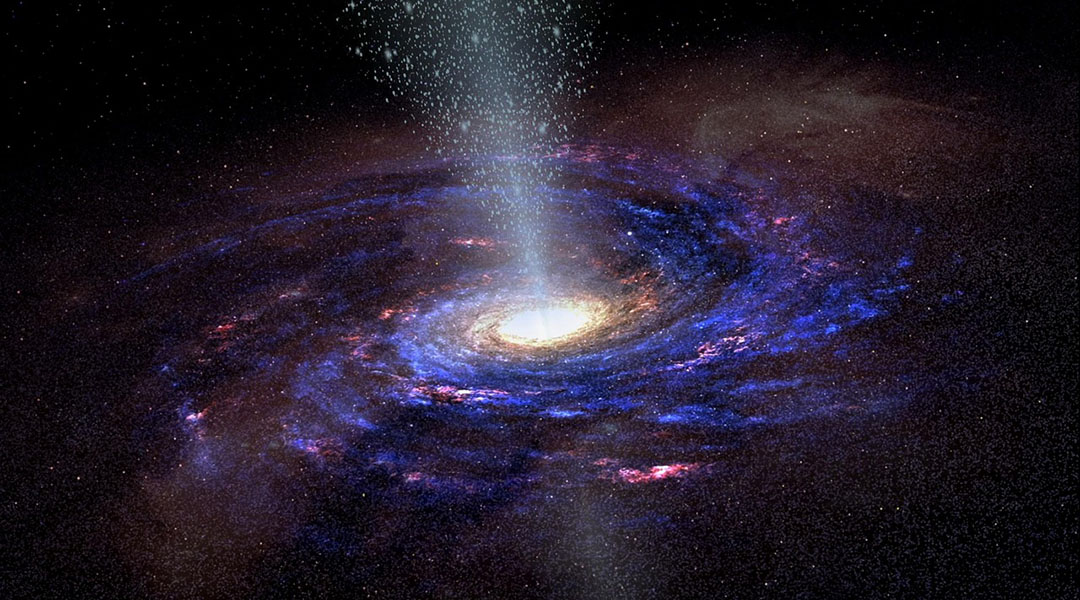

Dark matter could be composed of much lighter particles, with masses roughly ten times smaller than that of a proton.
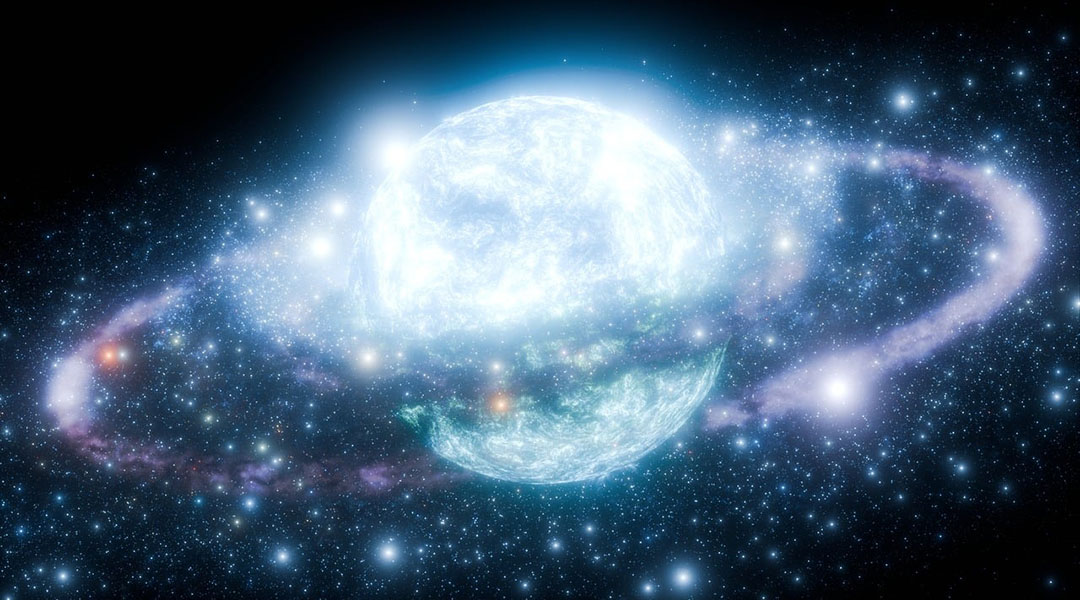
Dark matter may be gathering in dense clouds around neutron stars, potentially making it easier to observe it from Earth.
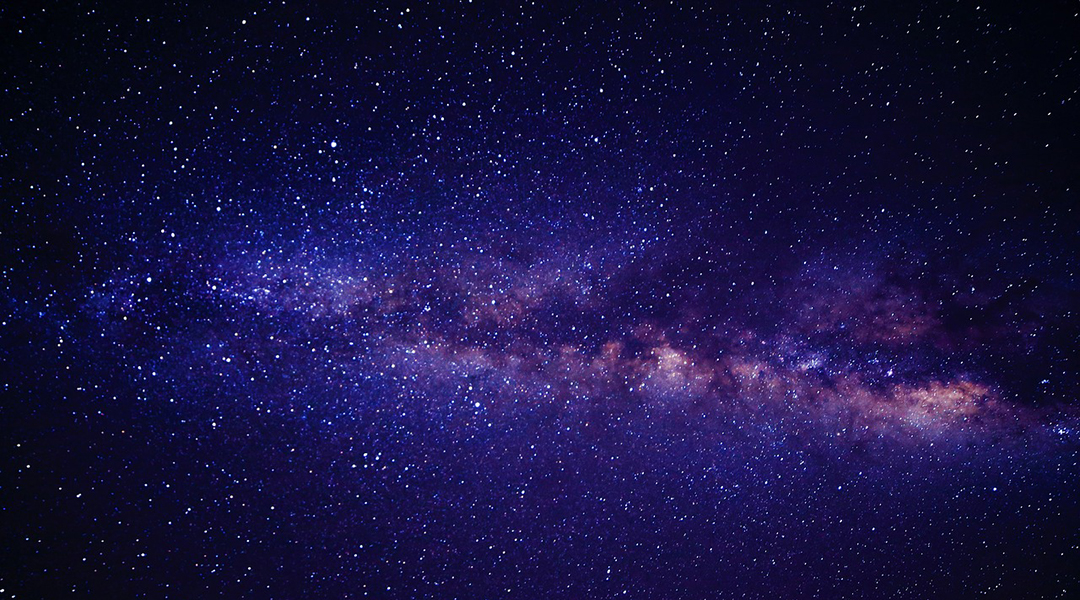
New research on dwarf galaxies challenges the idea that dark matter is collisionless, suggesting it may interact in unexpected ways
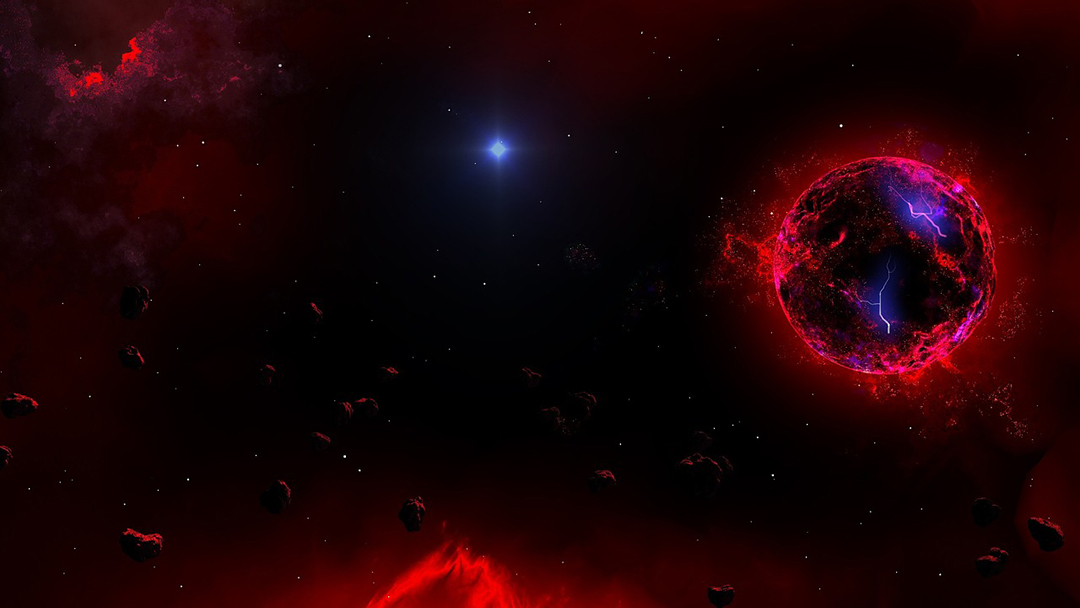
Could neutron stars hold the key to observing dark matter? Researchers believe studying them might one day reveal this elusive substance.
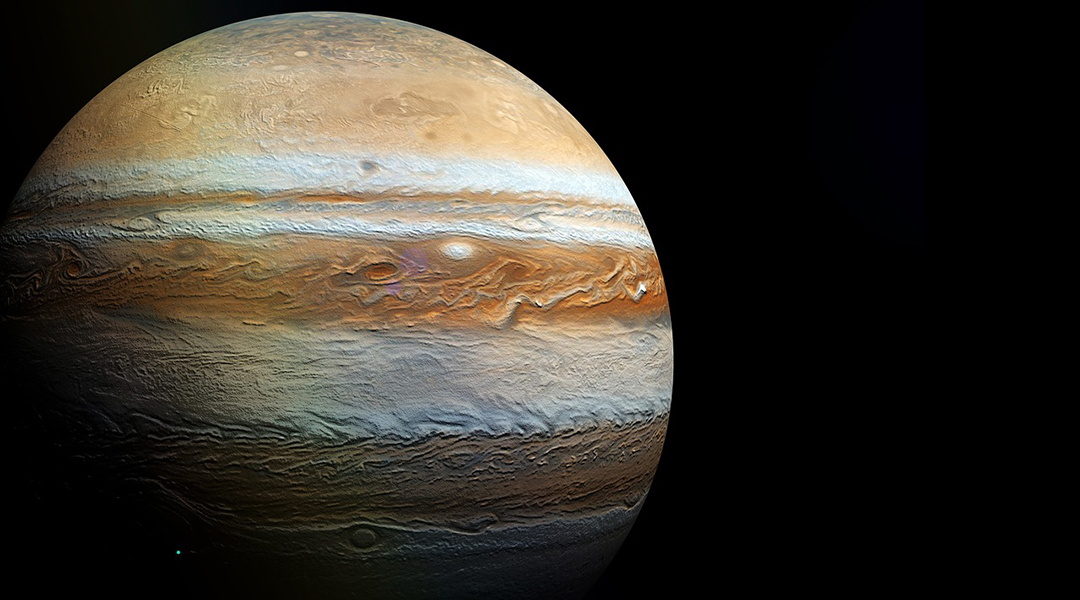
Astronomers propose that an infrared glow observed in Jupiter’s atmosphere may be dark matter particles colliding.
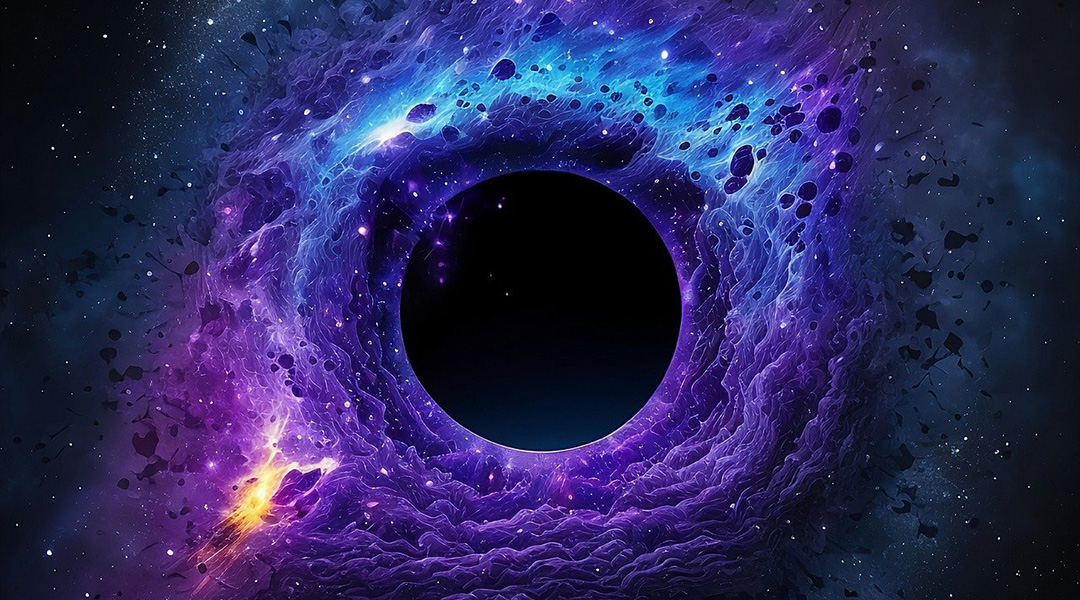
Tiny interactions between dark matter particles may resolve discrepancies between theory and astronomical observations caused by quantum tunneling.
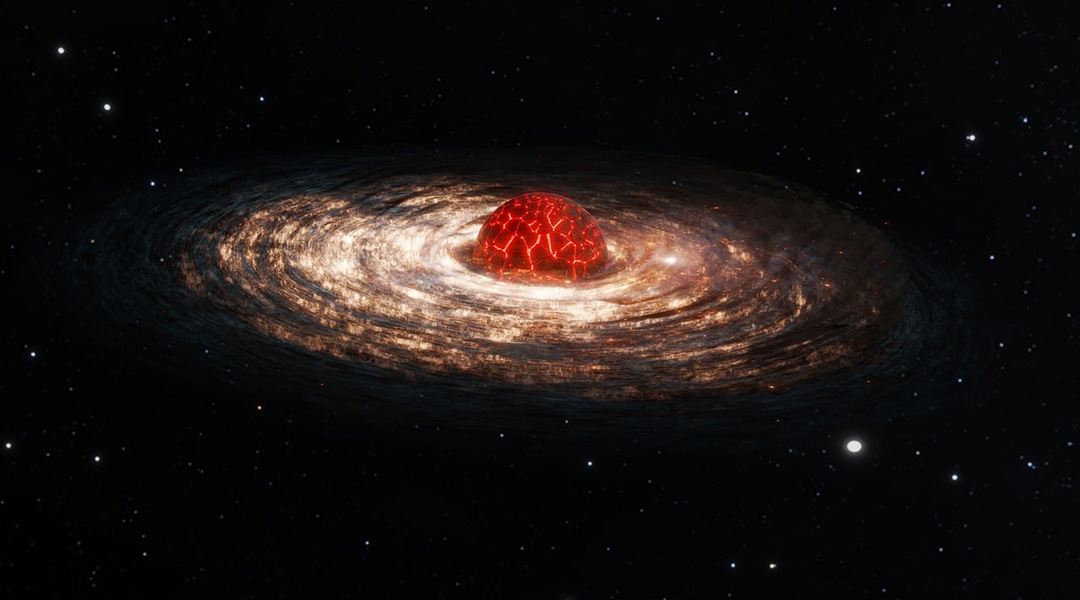
While dark matter’s enigmatic nature persists, Proca stars made of dark photons could help shed light on this cosmic mystery.
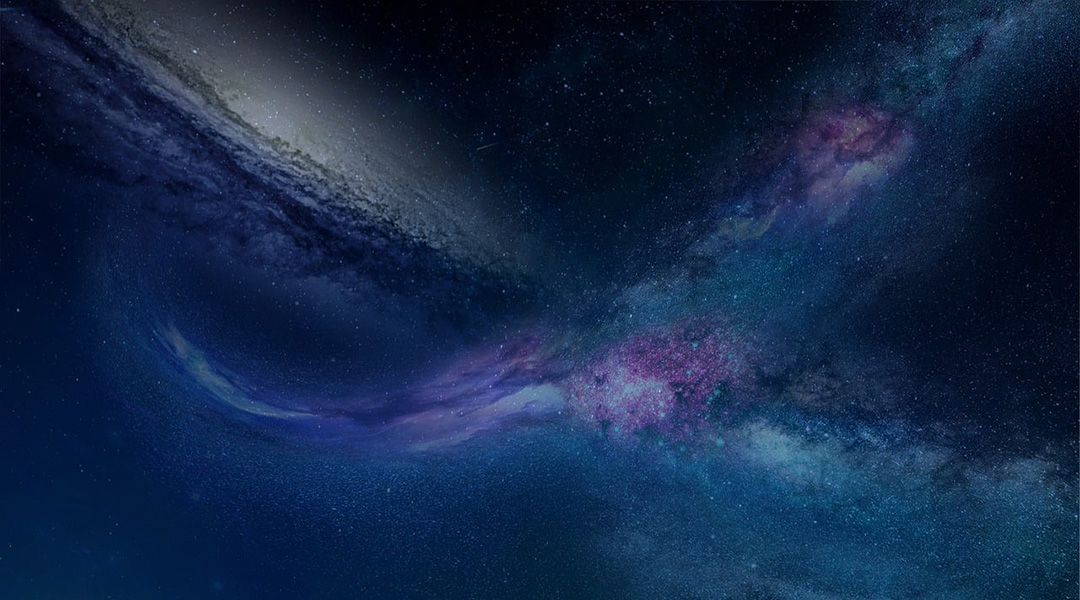
Scientists propose an enhancement to the BabyIAXO axion detector, paving the way for an intensified search for elusive dark matter particles.
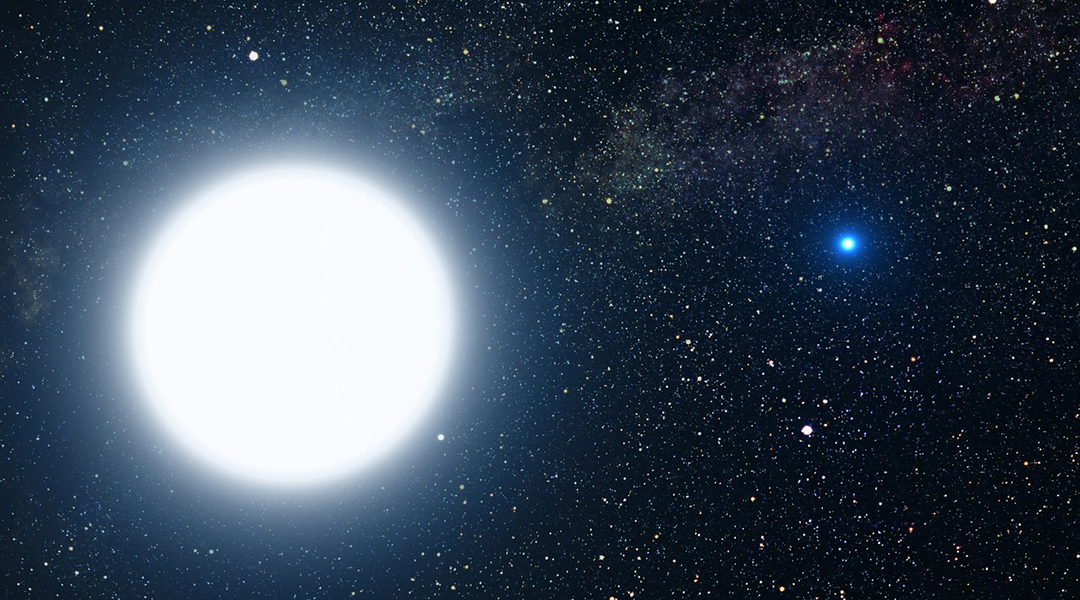
Due to their incredible density, astronomers believe white dwarfs might make the perfect dark matter detectors.
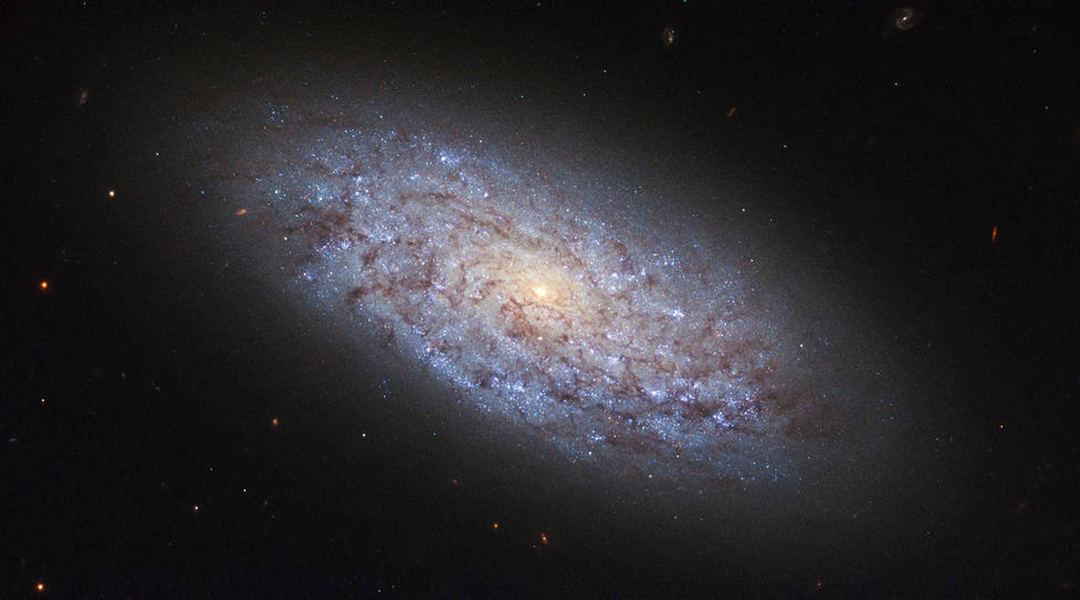
Using the galactic glow of dwarf galaxies, researchers investigate a hypothetical particle called an axion as a possible contender for dark matter.